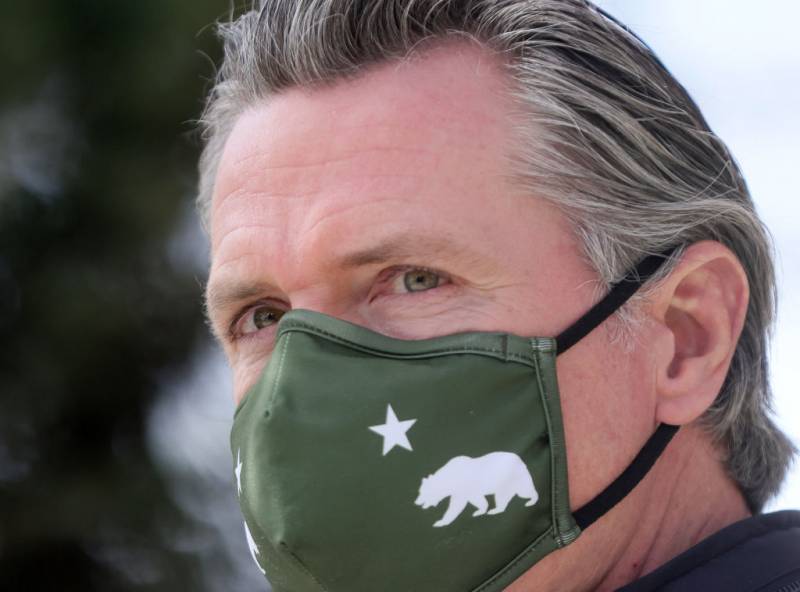“You can’t say when we have exponential growth in a pandemic, I think we should all convene and talk about it and go through the committee process and vote,” she said.
But the state will reopen on June 15. Capacity restrictions, physical distancing and mask mandates for the fully vaccinated will largely be lifted. Levinson said it may be time for Newsom’s emergency powers to be lifted along with them.
“The whole idea behind separation of powers is we don’t trust anyone that much, that we don’t want to give the so-called sovereign, the governor, too much power because they’ll just keep taking and taking and taking,” Levinson said. “Are we there? No. But are we at the place where we have to say if we can resume life as normal, then we can resume our government as normal? Yes.”
Republicans in California have long thought Newsom should give up his emergency powers. Gubernatorial candidates Kevin Faulconer and John Cox, both hoping to replace Newsom in the upcoming recall election, each criticized him for keeping the state of emergency in place. State Sen. Melissa Melendez, R-Lake Elsinore, told San Diego television station KUSI last February that while some safety protocols should remain, it was time for the state of emergency to end. She introduced legislation at the end of 2020 to do just that.
“Take away this kind of one-man rule over the state and allow counties to determine what is best for their county,” Melendez said, “whether that is opening schools or opening businesses.”
Melendez’s measure quickly stalled in the Democratic-controlled Senate. Newsom has largely beaten any legal challenges to his authority, with the exception of limits placed on indoor religious services. And legislative Democrats have not been in any hurry to reclaim their power. Assembly Speaker Anthony Rendon, D-Lakewood, told KQED he thinks things will soon go back to normal.
“When the state reopens on June 15, we anticipate that a lot of that stuff will recede. We, the Assembly and the Legislature more generally, obviously, we think we have a role in governance. And, yeah, if the emergency goes away, it’s time for the emergency powers to go away.”
However, there’s currently no vote scheduled in either the Assembly or the Senate to end the state of emergency.
Newsom could end it himself. In fact, the law requires him to “at the earliest possible date that conditions warrant.” However, at a news conference last week, Newsom said variants of the virus are still spreading that, combined with varying vaccination rates in other states and countries, could require him to issue new restrictions in the future. His office further asserts the state of emergency gives the state access to federal money needed to continue critical COVID-related services, like vaccinations, testing and contact tracing.
So for now, at least, he will keep the state of emergency in place past June 15. And that means his emergency powers will stay in place, too.
Reporting from the Associated Press was used in this report.

